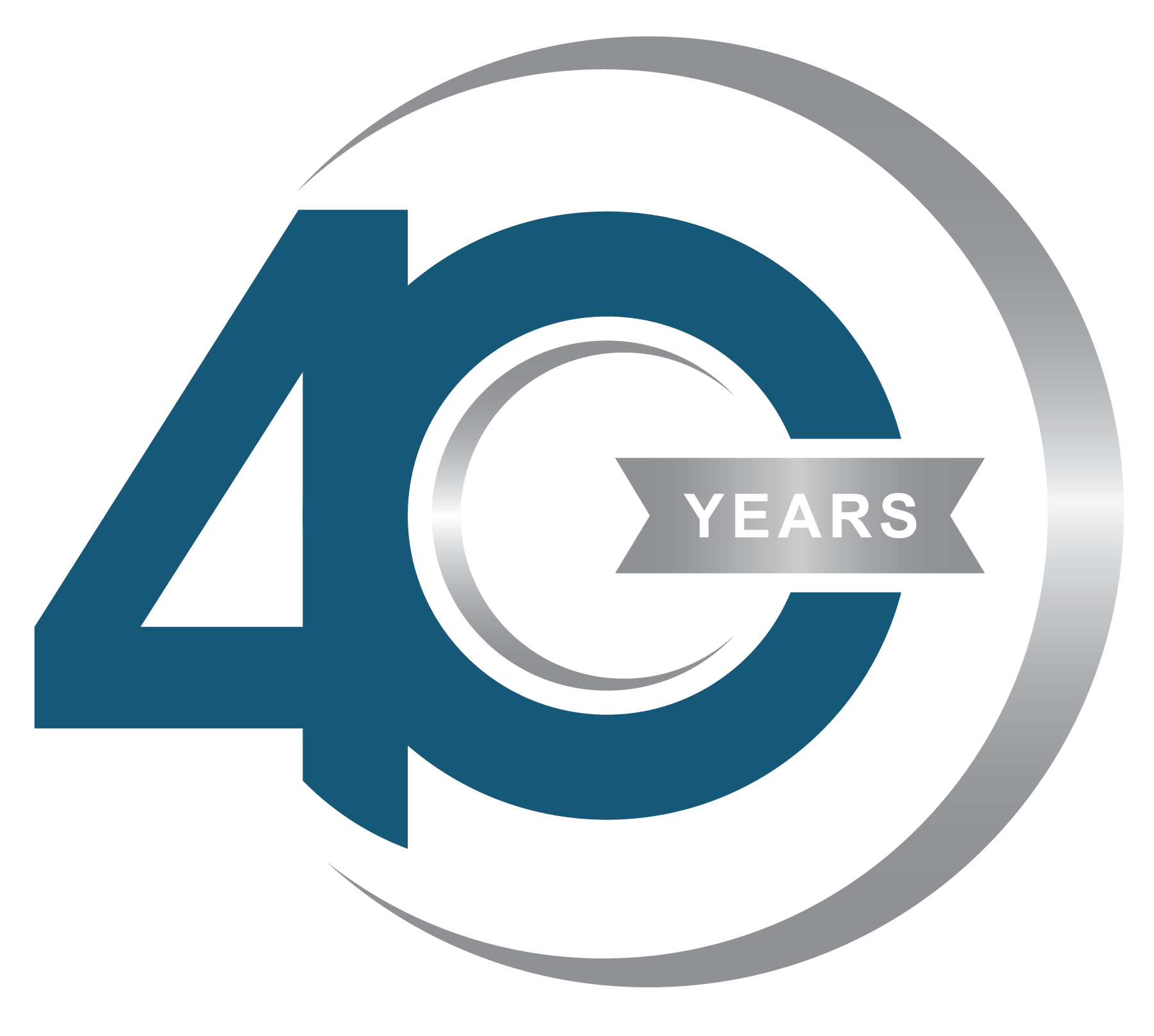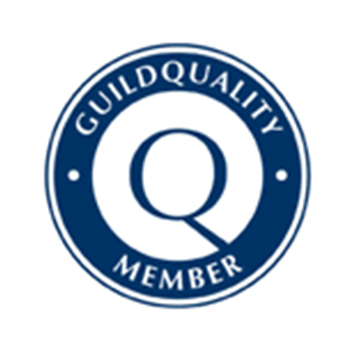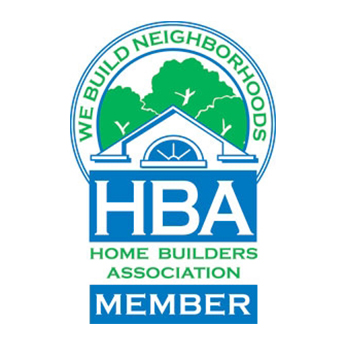St. Louis is such an interesting City with an abundance of fascinating history. There are hints of our local history surrounding us every day! Last month, we explored the history behind some prominent names of rivers, lakes and streets in the area. This month we continue our exploration of the history behind the names that surround us in St. Louis.
St. Louis / Laclede’s Landing / Chouteau Ave
St. Louis was named by its first citizen, Pierre Laclede Liguest. Pierre received a land grant from King Louis XV of France. He travelled up the Mississippi river looking for an ideal spot for a fur trading post. He chose a site near the mouth of the Missouri River and sent his stepson, Auguste Chouteau, to create a settlement there. This early settlement has grown into our current day St. Louis. Pierre named our fair city after then French King Louis XV’s patron saint, Saint King Louis IX. The northern part of this original settlement is known today as Laclede’s Landing! Chouteau Ave in St. Louis is named after Pierre’s stepson, Auguste Chouteau.
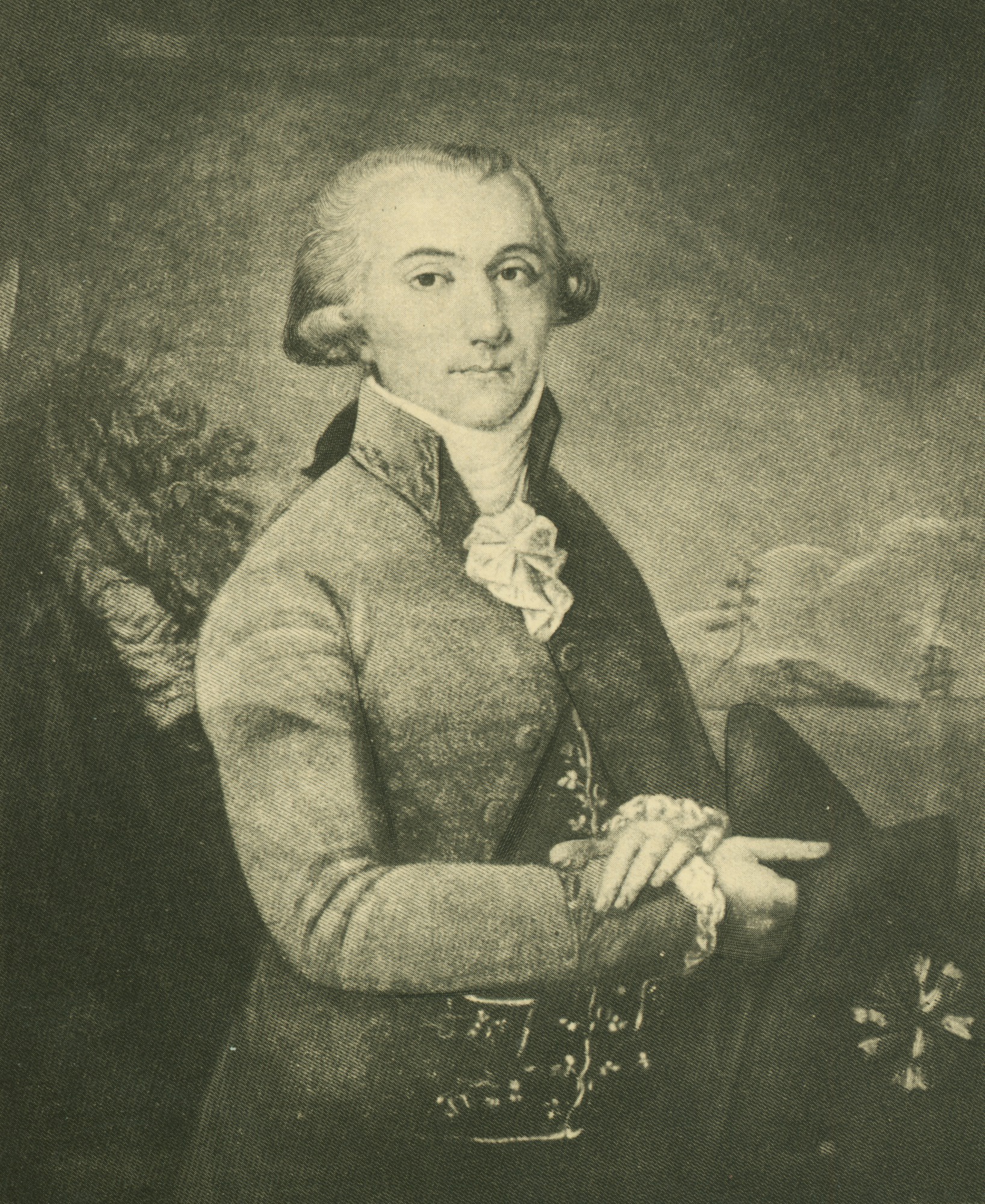 Pierre Laclede
Pierre Laclede
 Founding of St. Louis – Auguste Chouteau
Founding of St. Louis – Auguste Chouteau
Dogtown
Dogtown is a small neighborhood in St. Louis City, best known for the annual St. Patrick’s Day parade. There is a popular rumor in St. Louis about Dogtown. The rumor is that Dogtown got its name from a group of natives from the Philippines who were part of a display during the 1904 world’s fair. Rumor has it they camped in current day Dogtown and would catch and eat local dogs! This is a popular rumor, but it has been debunked. There is a newspaper article from the late 1800’s that makes a reference to Dogtown, therefore, the name clearly pre-dates the 1904 World’s Fair.
So how did it get its name? The area was rich in coal and clay deposits. Early attempts to mine the coal and clay failed as the loads were simply too heavy to get to the Mississippi river by oxen carts. Once the railway came to the area in the 1850’s, it was made possible to mine the area. This attracted a small mining community to settle there. In the 1800’s “dog” references were common when referring to mining communities. References included doghole, doghouse and even dogtown. As this was a mining community, it is generally thought that is where the name Dogtown came from!
 St. Louis Clay Miners
St. Louis Clay Miners
The Highlands Forest Park
When driving down highway 40 near Dogtown, you may have noticed The Highlands Forest Park business park. A couple of the office buildings even have a unique wavy design to their exterior. The business park is paying homage to the Forest Park Highlands theme park that stood in that area from 1896-1963. The wavy exterior is a subtle homage to the comet roller coaster that many loved! Forest Park Highlands was more than a theme park to many; it was where St. Louisans went to have fun! The Highlands had swimming pools, a dance hall and picnic areas in addition to thrilling rides. Unfortunately, in 1963 there was a great fire that destroyed most of the theme park, causing its demise. One ride that was salvaged was its carousel. The carousel was beautifully restored and relocated to Faust Park, where families enjoy rides on it today!
 Forest Park Highlands
Forest Park Highlands
The Ferry Roads
Lemay Ferry, Dougherty Ferry and Tesson Ferry were all named after active ferries in the 1800’s. Lemay Ferry first began as a ferry in 1789 when the Spanish needed to cross the Meramec River. In 1833 the first ferry license was granted to Louis Trudeau and was known as Catalan’s Ford. In 1834 Francois Le Mais took over operations of the ferry. Le Mais was transcribed as “Lemay” in the paper files, becoming “Lemay Ferry” and that is how it remains to this day! However, there are accounts of Le Mais showing up late or not at all, leaving his customers stranded! In 1848 he lost his ferry license to Noah H. Whitmore.
In 1833 Thomas Dougherty was licensed to operate a ferry – the Dougherty Ferry. Today Dougherty Ferry Road does not cross a river, but it does come within a couple of miles of the Meramec.
Tesson Ferry was a ferry run by John B. Tesson who received his ferry license in 1837. The Tesson’s were a prominent family in St. Louis. According to the Post-Dispatch, their last name was recorded with a number of different spellings: Teson, Tezon, Tison, Tizon, Tisson and even Tyson. It was spelled Tefson on the ferry license!
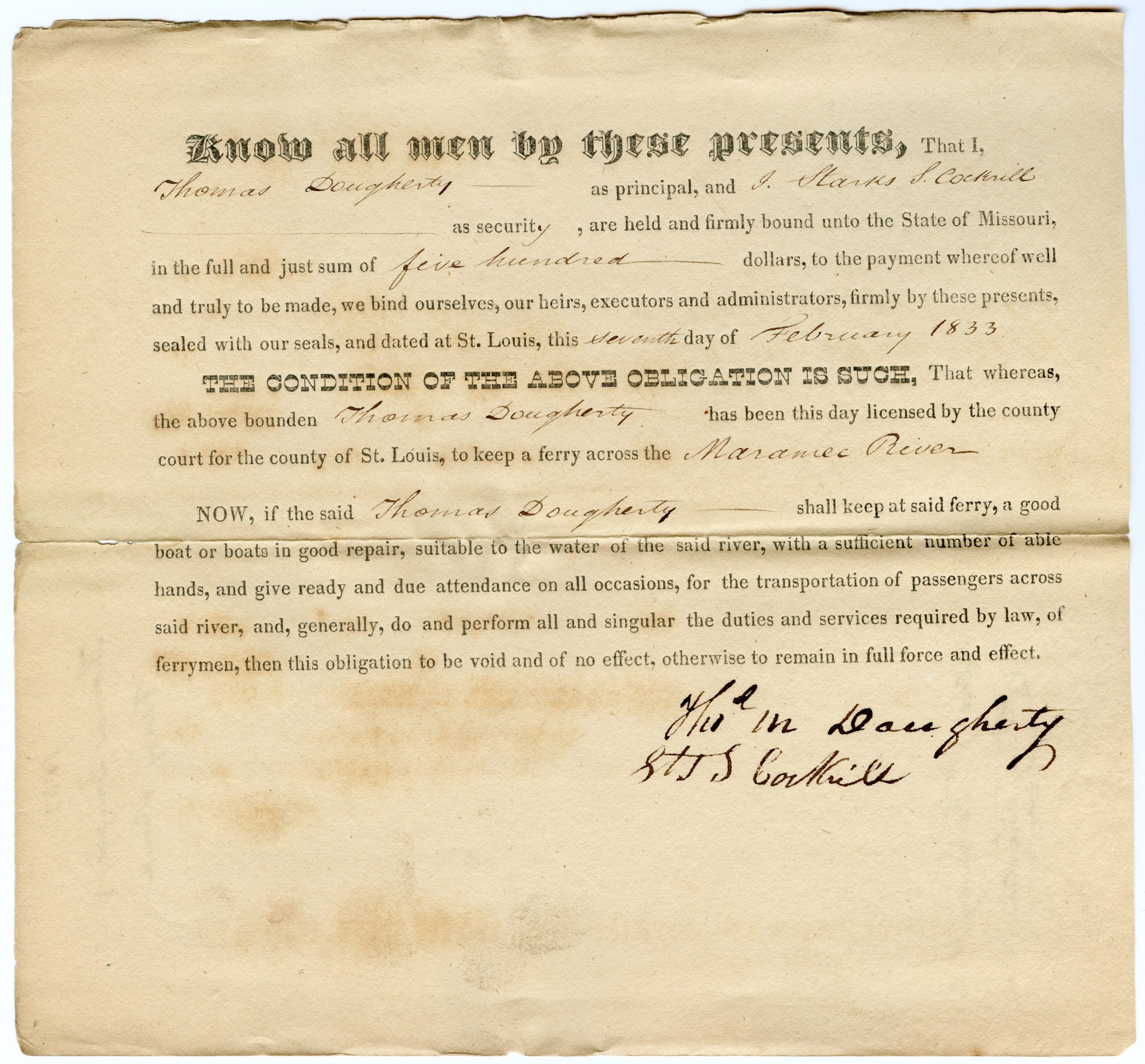 Dougherty Ferry License
Dougherty Ferry License
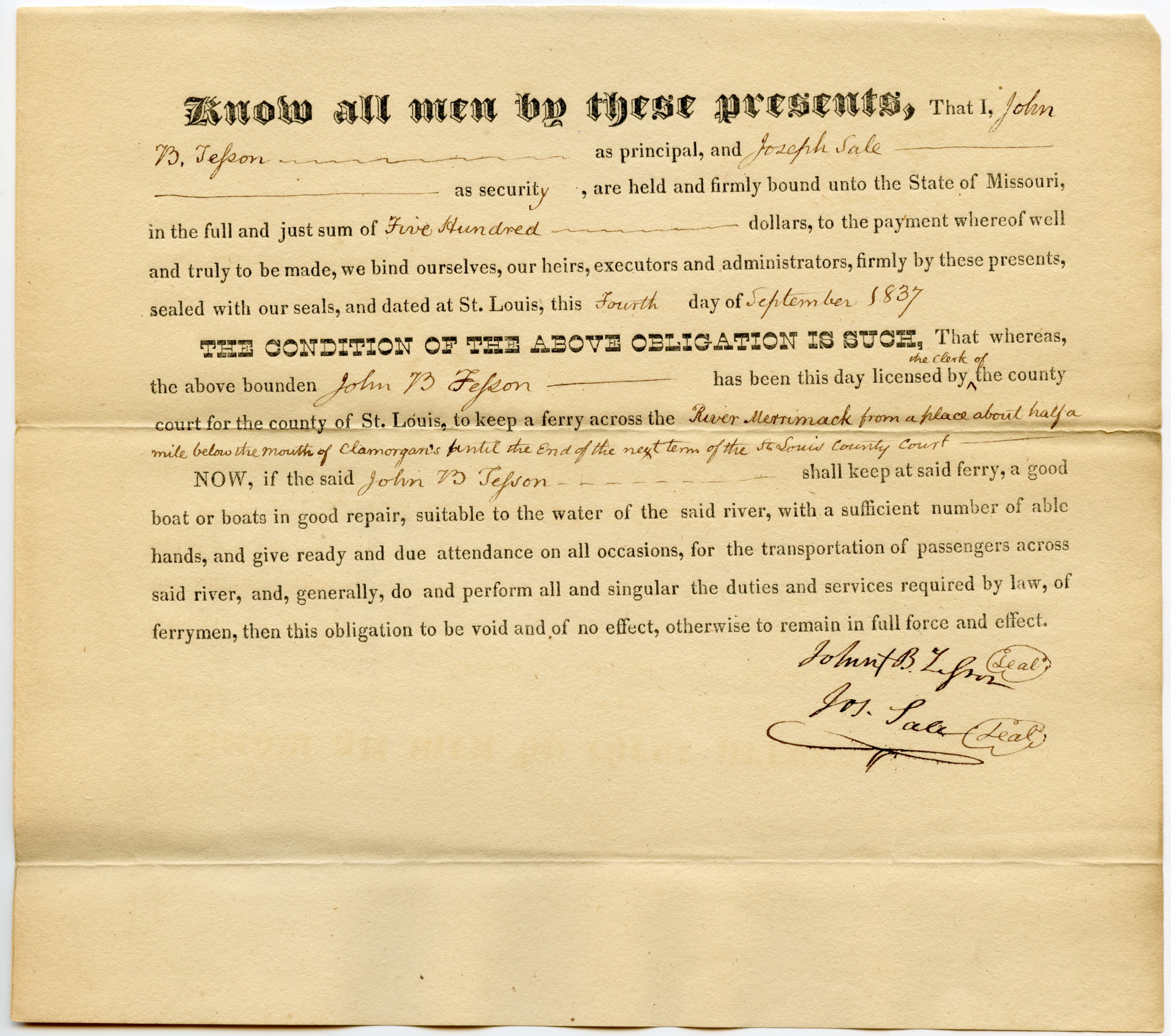 Tesson Ferry License
Tesson Ferry License
Kirkwood
Kirkwood is the first planned residential suburb west of the Mississippi River! Missouri Pacific Railroad once ran commuter trains from Union Station to the suburbs. Kirkwood was the first suburb to spring up around the commuter trains. Before interstates and automobiles, thousands would use the commuter trains to travel from their suburban home to work in the city. Stops along the commuter line included Kirkwood, Webster Groves, Creve Coeur, and Ferguson. Kirkwood’s train station was built in 1893 and is on the National Register of Historic Places. The City of Kirkwood is named after James Pugh Kirkwood, who was a train engineer charged with locating, surveying and building the railroad.
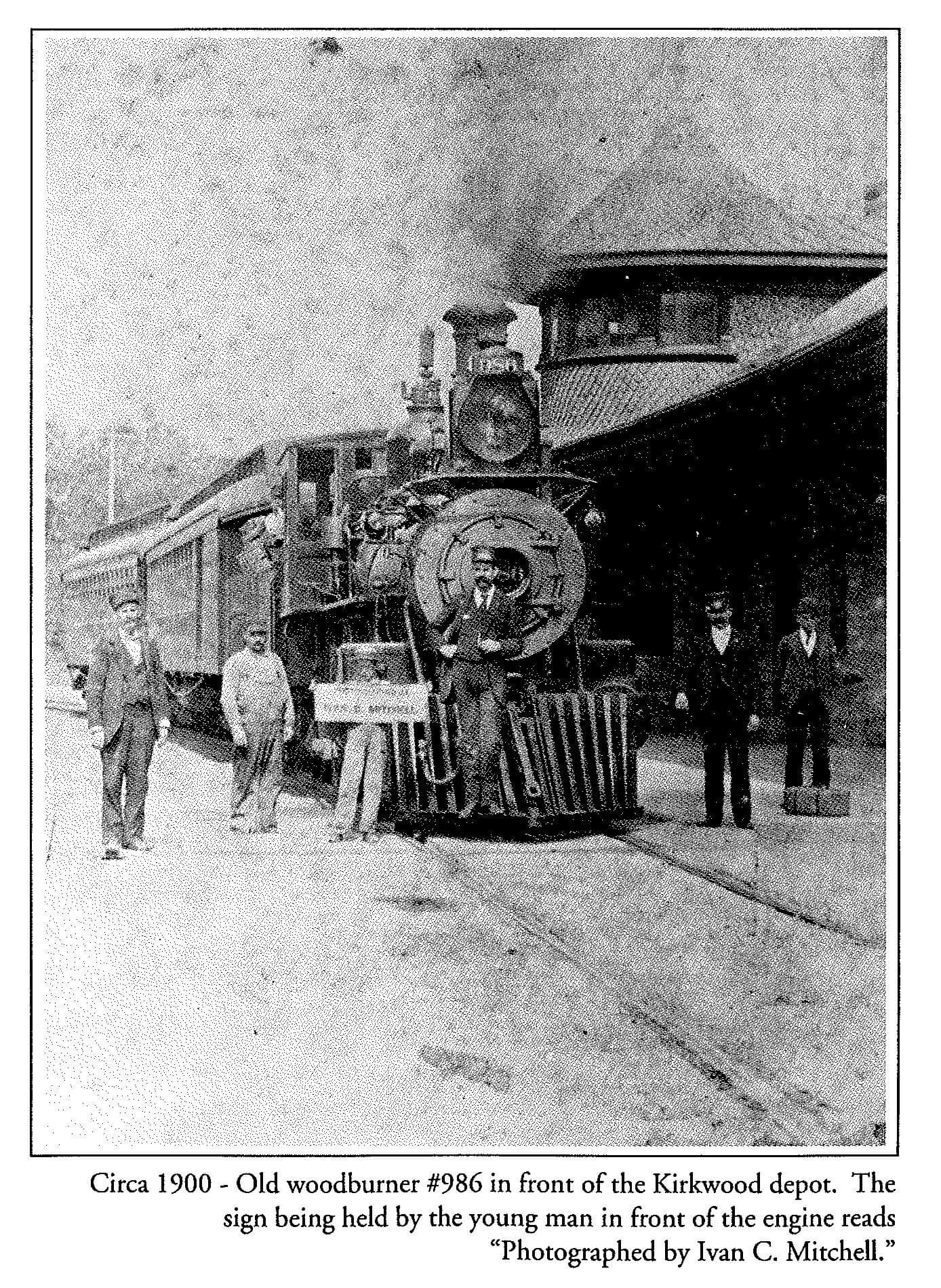 Agape Construction is proud to call the beautiful suburb of Kirkwood home! We love renovating Kirkwood’s beautiful historic homes. However, we also love working on homes in St. Louis City and the surrounding metropolitan area! If you are thinking about a home remodel, think Agape Construction!
Agape Construction is proud to call the beautiful suburb of Kirkwood home! We love renovating Kirkwood’s beautiful historic homes. However, we also love working on homes in St. Louis City and the surrounding metropolitan area! If you are thinking about a home remodel, think Agape Construction!
Sources:
https://www.stlmag.com/news/st-louis-sage-how-did-dogtown-get-its-name/
https://news.stlpublicradio.org/arts/2016-06-06/curious-louis-how-did-dogtown-get-its-name
https://www.kirkwoodmo.org/our-city/about-the-city-of-kirkwood
https://fox2now.com/news/fox-files/remembering-forest-park-highlands-amusement-park/
http://www.forestparkhighlands.com/gloryyears.html

